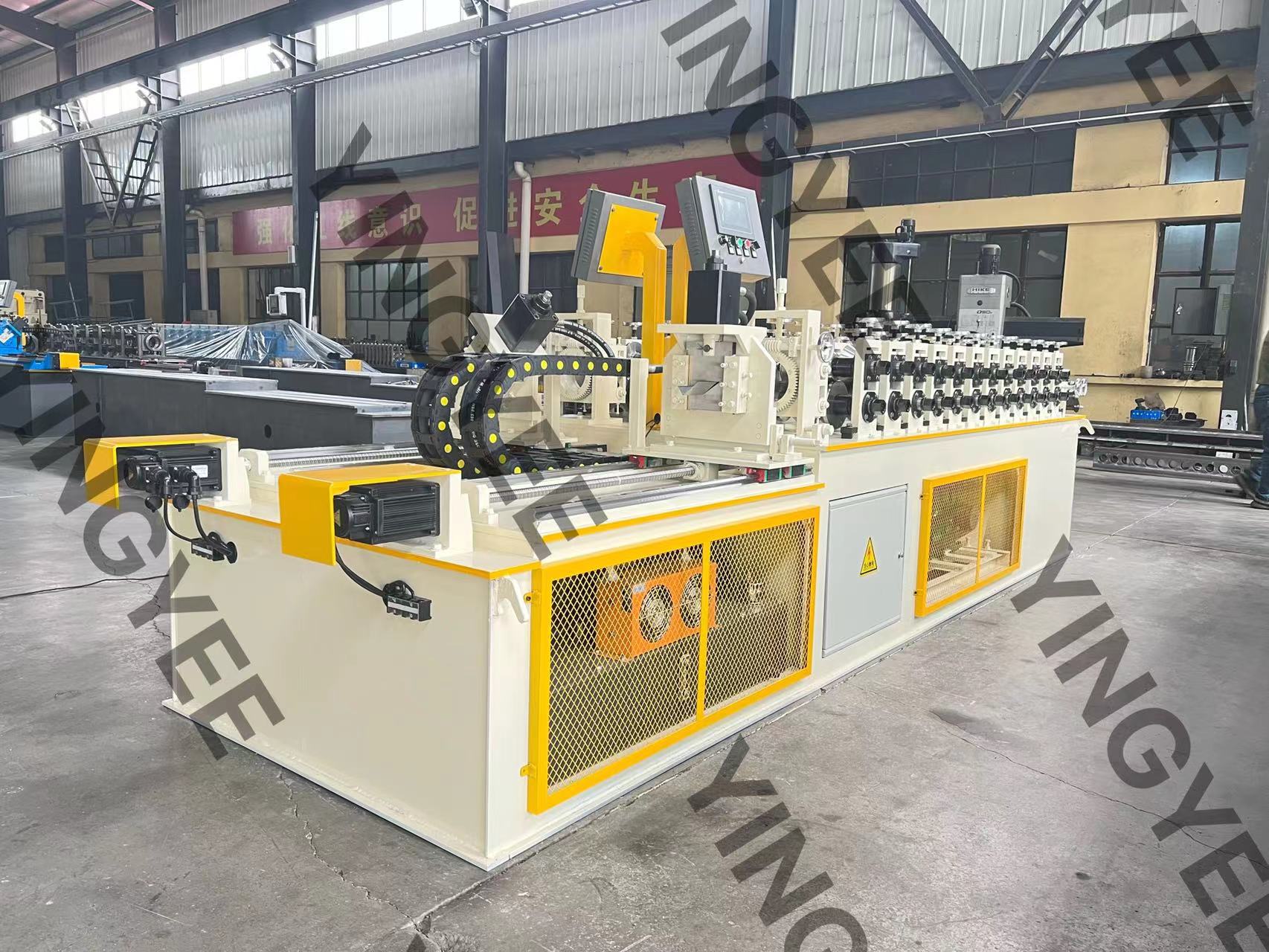The Advancements of Automatic Round Downspout Roll Forming Machines
In the realm of metal fabrication, the efficiency and precision offered by automated machinery have revolutionized the production landscape. Among these advancements, the automatic round downspout roll forming machine stands out as a pivotal technology, dedicated to the efficient manufacturing of round downspouts for roofing and drainage systems. This article aims to explore the features, benefits, and operational mechanisms of this innovative machine.
Understanding Downspouts
Before delving into the intricacies of roll forming machines, it's essential to understand the purpose of downspouts. These functional components effectively channel rainwater from gutters to the ground, preventing water accumulation that could lead to structural issues or erosion. Round downspouts, in particular, are prized for their aesthetic appeal and ability to handle high volumes of water with minimal wind resistance.
The Role of Roll Forming Machines
Roll forming is a continuous bending operation in which metal strips are passed through consecutive sets of rollers to gradually shape them into desired profiles. Automatic round downspout roll forming machines are specially designed for this purpose, converting flat metal sheets into precisely formed round downspouts with minimal waste and high consistency.
Key Features of Automatic Round Downspout Roll Forming Machines
1. Automation and Efficiency One of the standout features of automatic roll forming machines is their ability to perform tasks with minimal manual intervention. From feeding the metal raw material to the machine to cutting the downspouts to the required length, automation streamlines the entire process, significantly reducing production time and labor costs.

2. Precision Engineering These machines are equipped with advanced technology that ensures high precision in shaping and cutting. Sophisticated sensors and controls enable operators to achieve exact measurements, which are crucial for fitting downspouts into existing drainage systems.
3. Versatility Modern automatic roll forming machines can produce a variety of profiles, not just limited to round downspouts. This versatility allows manufacturers to cater to diverse customer needs, from residential buildings to commercial complexes, without the need for extensive reconfiguration.
4. Material Compatibility The machines can work with different metal materials, including aluminum, stainless steel, and galvanized steel. This adaptability allows manufacturers to produce downspouts in various finishes and strengths, meeting specific architectural requirements.
5. Reduced Material Waste By optimizing the roll forming process, manufacturers can minimize material waste, making it a more sustainable option. The automation also helps in reusing scrap metal efficiently.
Economic and Environmental Benefits
Investing in an automatic round downspout roll forming machine can yield significant economic benefits. The reduction in labor costs, combined with increased production capacity and reduced waste, contributes to a stronger bottom line. From an environmental perspective, the efficiency of these machines not only conserves materials but also lowers the environmental footprint of manufacturing processes by minimizing energy usage.
Conclusion
The automatic round downspout roll forming machine represents a blend of innovation and practicality in the metal fabrication industry. As construction and architectural demands continue to evolve, this technology offers a reliable solution that combines speed, accuracy, and environmental responsibility. For manufacturers, the decision to adopt this technology is not merely an upgrade to their production line; it is a strategic move toward achieving competitive advantage in a rapidly advancing industry. As we look to the future, the continued evolution of such machinery will likely play a crucial role in addressing the increasing demands for high-quality construction materials, paving the way for a more efficient and sustainable built environment.